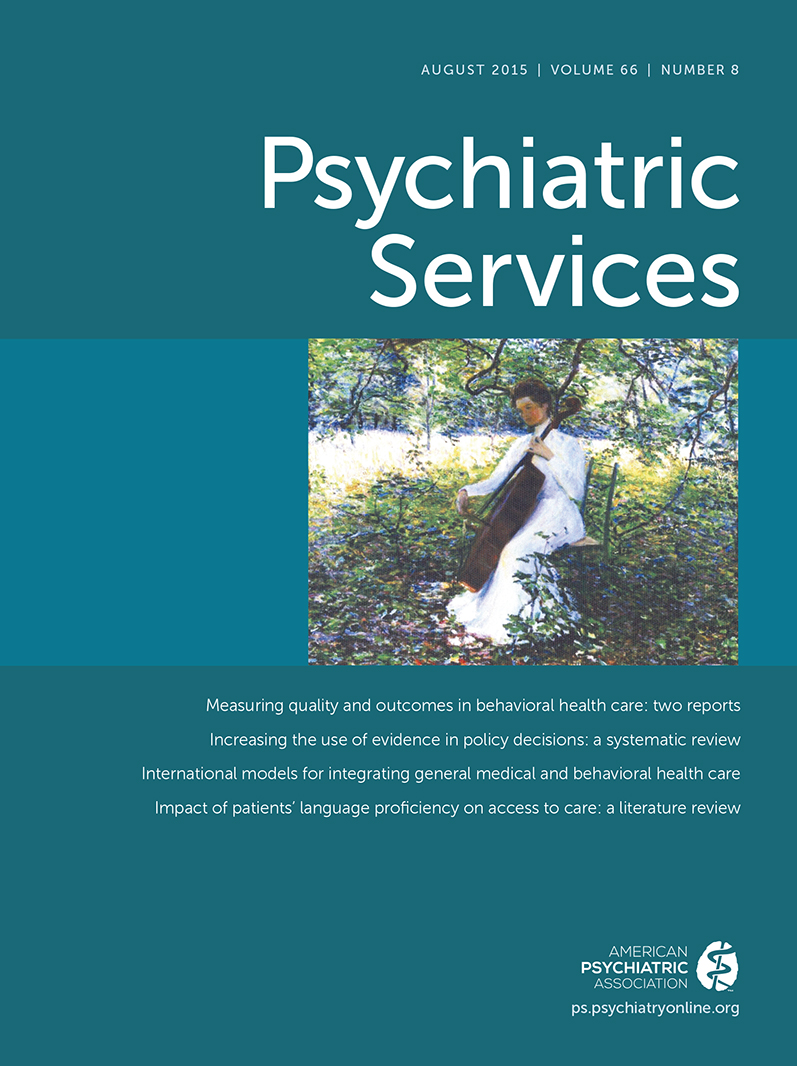The New York State Office of Mental Health Positive Alternatives to Restraint and Seclusion (PARS) Project
Abstract
Objective:
The Positive Alternatives to Restraint and Seclusion (PARS) project of the New York State Office of Mental Health (OMH) was designed to build capacity to use alternatives to restraint and seclusion within state-operated and licensed inpatient and residential treatment programs serving children with severe emotional disturbances. Its long-term goal was to eliminate the use of these restrictive interventions throughout the state’s mental health system of care by creating coercion- and violence-free treatment environments governed by a philosophy of recovery, resiliency, and wellness.
Methods:
The central feature of the PARS project was training in, implementation of, and engagement with the Six Core Strategies to Reduce the Use of Seclusion and Restraint, a comprehensive approach developed by the National Association of State Mental Health Program Directors. This report provides an overview of the project, results from January 2007 through December 2011, and lessons learned by OMH.
Results:
The three participating mental health treatment facilities demonstrated significant decreases in restraint and seclusion episodes per 1,000 client-days. Each identified specific activities that contributed to success, including ways to facilitate open, respectful two-way communication between management and staff and between staff and youths and greater involvement of youths in program decision making.
Conclusions:
All three facilities continued to implement key components of the PARS initiative after termination of grant-funded activities, and OMH initiated multiple activities to disseminate lessons learned during the project to all inpatient and residential treatment programs throughout the state mental health system.



